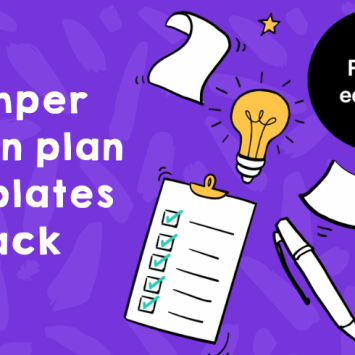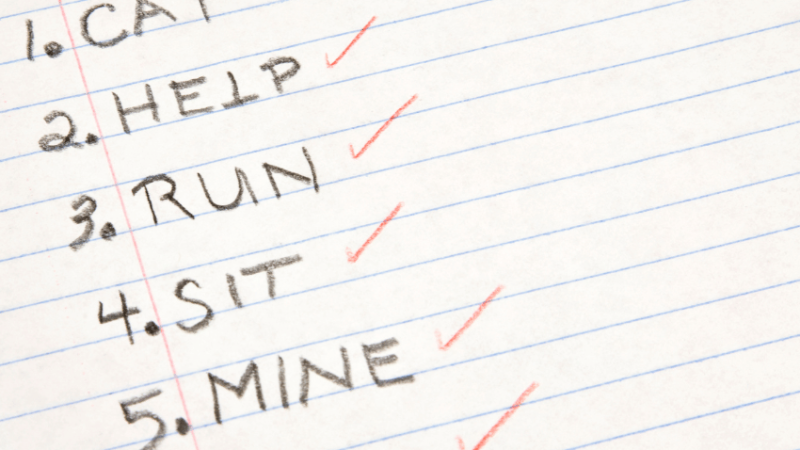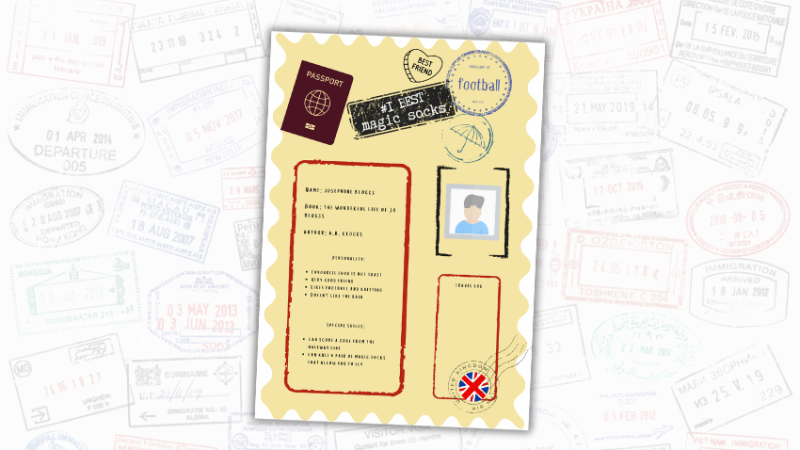Helping Children Meet The KS2 English Standards

Good drivers don’t panic or overreact when conditions get tricky, says Mark Creasy - and neither should great teachers

- by Mark Creasy

What sort of driver are you? I see plenty of different types during my hour-long commute to work; and over time, I’ve started to slot them into categories – just for my own amusement, you understand. So, do you recognise any of these?
● The ‘Invisible overtaker’ – won’t move for anyone, regardless of space in the inside lane, or the pace of everyone around them.
● The ‘Changer’ – cannot stay still, jockeys from lane to lane trying to get an advantage, often going back to exactly where they started, no further ahead, but disrupting everyone else’s flow.
● The ‘Warner’ – spots hazards (which everyone else has) but thinks they rule the road, so breaks and engages hazard lights to show they’re in control; spreading panic as a consequence.
● The ‘Parent’ or ‘do as I say, not as I do driver’ – has a baby on board sign in their car telling everyone to give them an exclusion zone, then risks everyone’s life, particularly their own child’s, with their driving.
I bet you’re nodding in agreement at this point; like me, I’m sure you see all kinds of dodgy driving as you go about your daily business – but what if I were to ask you to think about these descriptions of behaviour as applied to the KS2 classroom, rather than the road? And specifically, as applied to attitudes towards the new writing standards for children?
It only takes a brief moment or two on Twitter with the right hashtag to realise just how much consternation there still is about the changes to KS2 writing standards – and I’m convinced that many teachers are responding by adopting approaches very much like those I observe in my fellow drivers. It’s understandable, but I think that if we were all gathered in a cosy service station somewhere over a hot cuppa and a packet of biscuits, we would probably all agree that it’s far from ideal. Could there be a better way?
The question of time
By far the greatest cause for extreme reactions to the new standards, I would suggest, is the lack of time many colleagues feel they now have within the curriculum to ensure they can be met. All too often, in the cause of finding more space for English lessons other, non-core subjects are being squeezed out – which is a matter of huge concern for teachers, parents and indeed, the children themselves. However, whilst I agree that the changes to the Year 6 curriculum have provided challenge, they also offer plenty of opportunities, if colleagues are prepared to embrace them.
So, what to do to redress the balance and ensure successful delivery? I think the key is ensuring that the KS2 writing standards are delivered through humanities and science, too, rather than simply having more English lessons. In fact, as I showed in There is Another Way: The Second Big Book of Independent Thinking (Independent Thinking Press) if cross-curricular, project based learning is used correctly this will not only improve standards, but also stimulate learners in KS2.
A smoother journey
I would even go so far as to say that for a richer and more vibrant curriculum, the current quota of English lessons in schools could easily be scaled back and even more humanities and science taught – ensuring that the necessary skills are developed through purposeful and relevant topics for the learners. There’s certainly more than enough scope across geography, history, RE and science, and PSHE to be able to fulfil all of the examples of writing required to be able to effectively assess the learners.
You see, to me, KS2 teachers need to be none of the above examples of drivers. Rather, they should aim to become what I call the ‘Smooth Flow Merchants’. These people know where they’re going, have a clear idea how to get there, and react to any changing conditions – including inclement weather and irritating obstacles – not with last-minute breaking or panicked accelerating, but maintaining a clear and calm disposition. Their journey is planned for, taking into account there will be hold ups along the way, but also allowing plenty of opportunity to appreciate the views along the way, not just once they’ve reached the destination.
4 Steps to a balanced approach
1. Ensure that teachers right across the school, including any non-English specialists, are fully conversant with the English writing standards – make them part of everyone’s consciousness.
2. Reexamine your curriculum, and ensure that you have mapped out where each of the standards can be met, in the humanities and science.
3. Ensure that English (or literacy, or whatever its nomenclature) is focused on teaching the elements of grammar that are required.
4. Ensure that the humanities and science curricula allow opportunities for these skills to be deployed into the children’s writing for these subjects.
Remember: to absolutely secure the standards, the children need to be involved in recognising the standards. Pupils in my class have a reminder sheet out of expectations for every lesson, as well as individual sheets for every piece of writing. This makes them confident in recognising the standards – as does having to mark exemplar pieces I provide for them, using the W.A.G.O.L.L Principle ‘What A Good One Looks Like’.
Mark Creasy is a teacher, and author of Unhomework (Independent Thinking Press)










